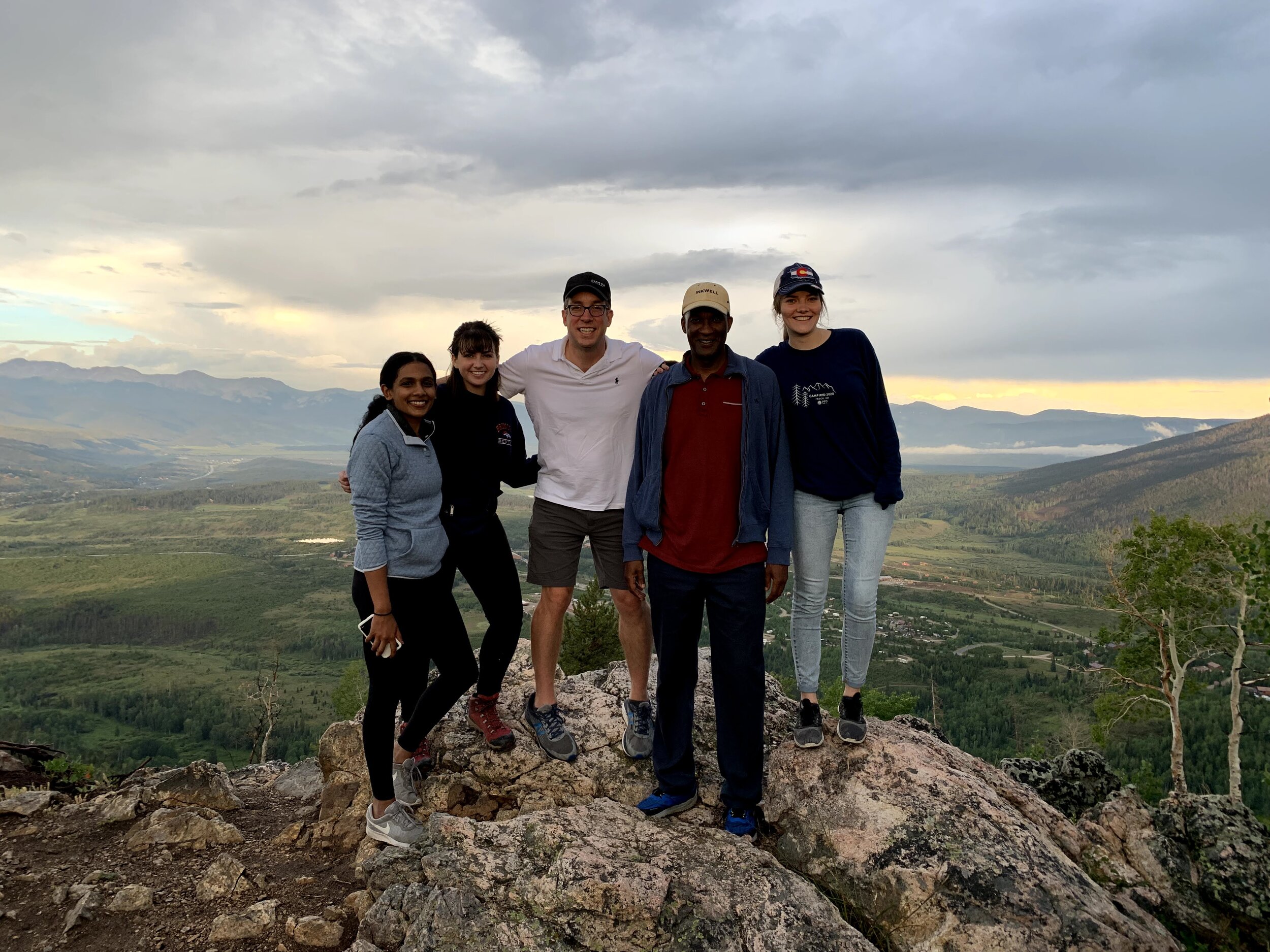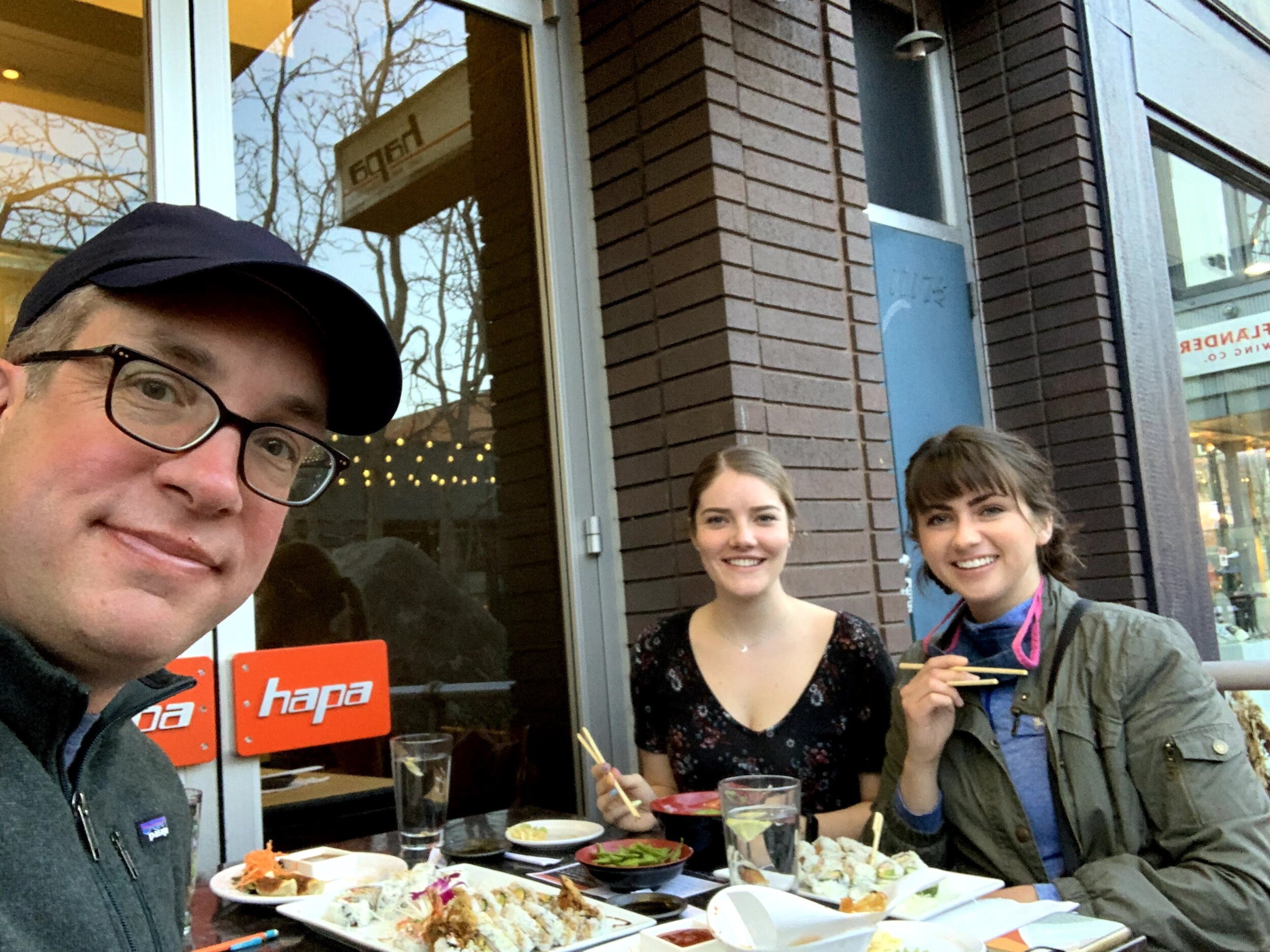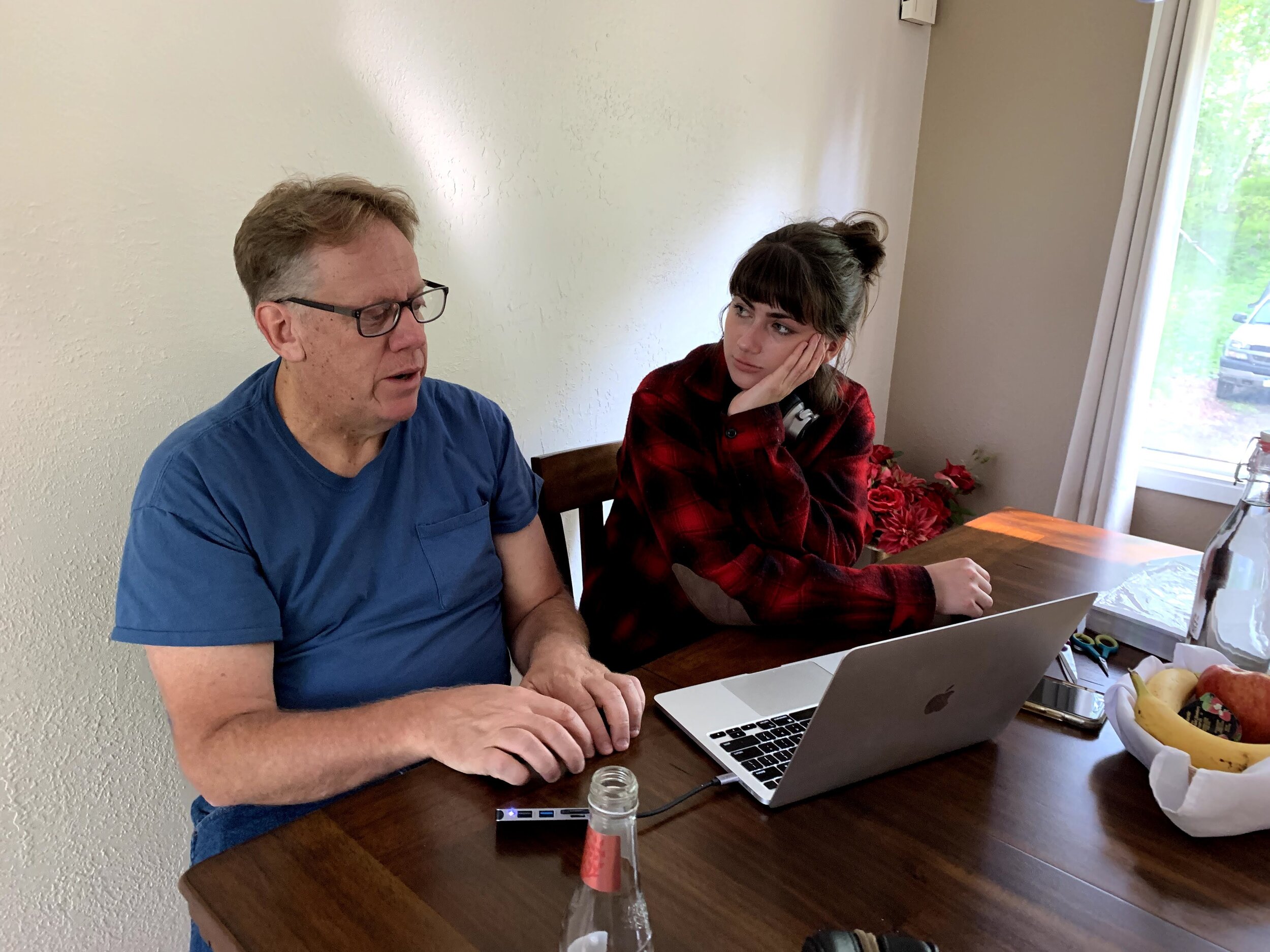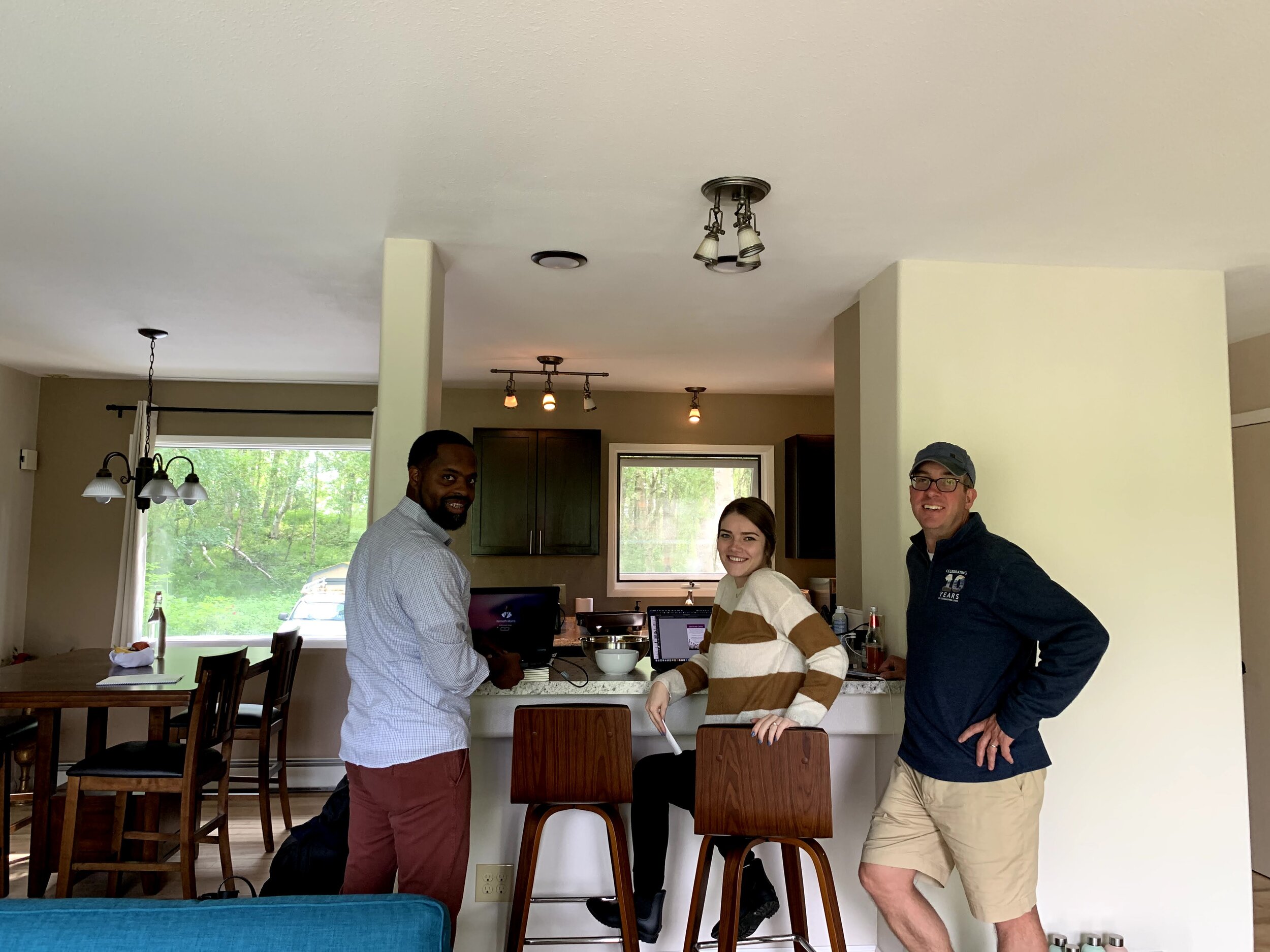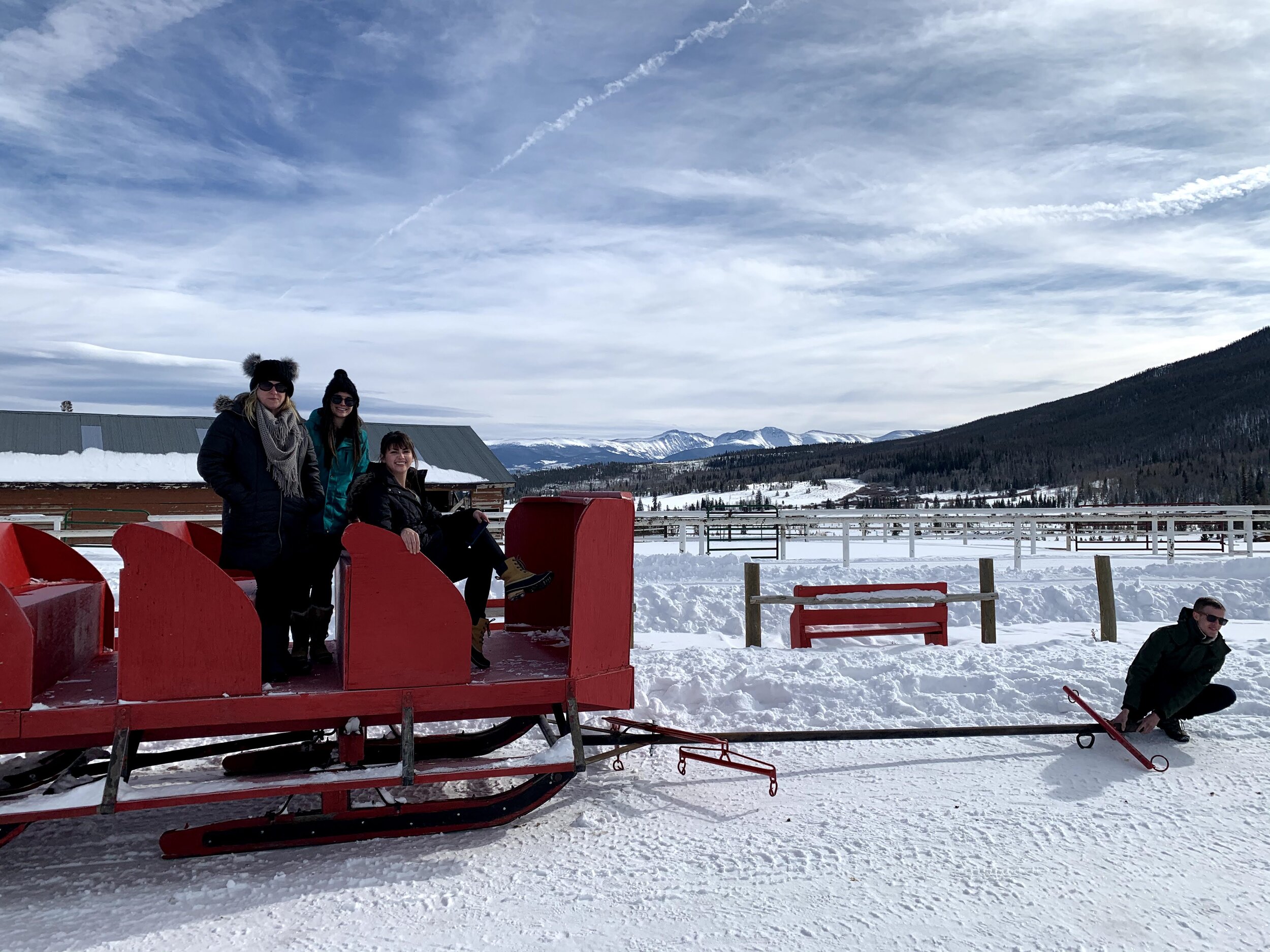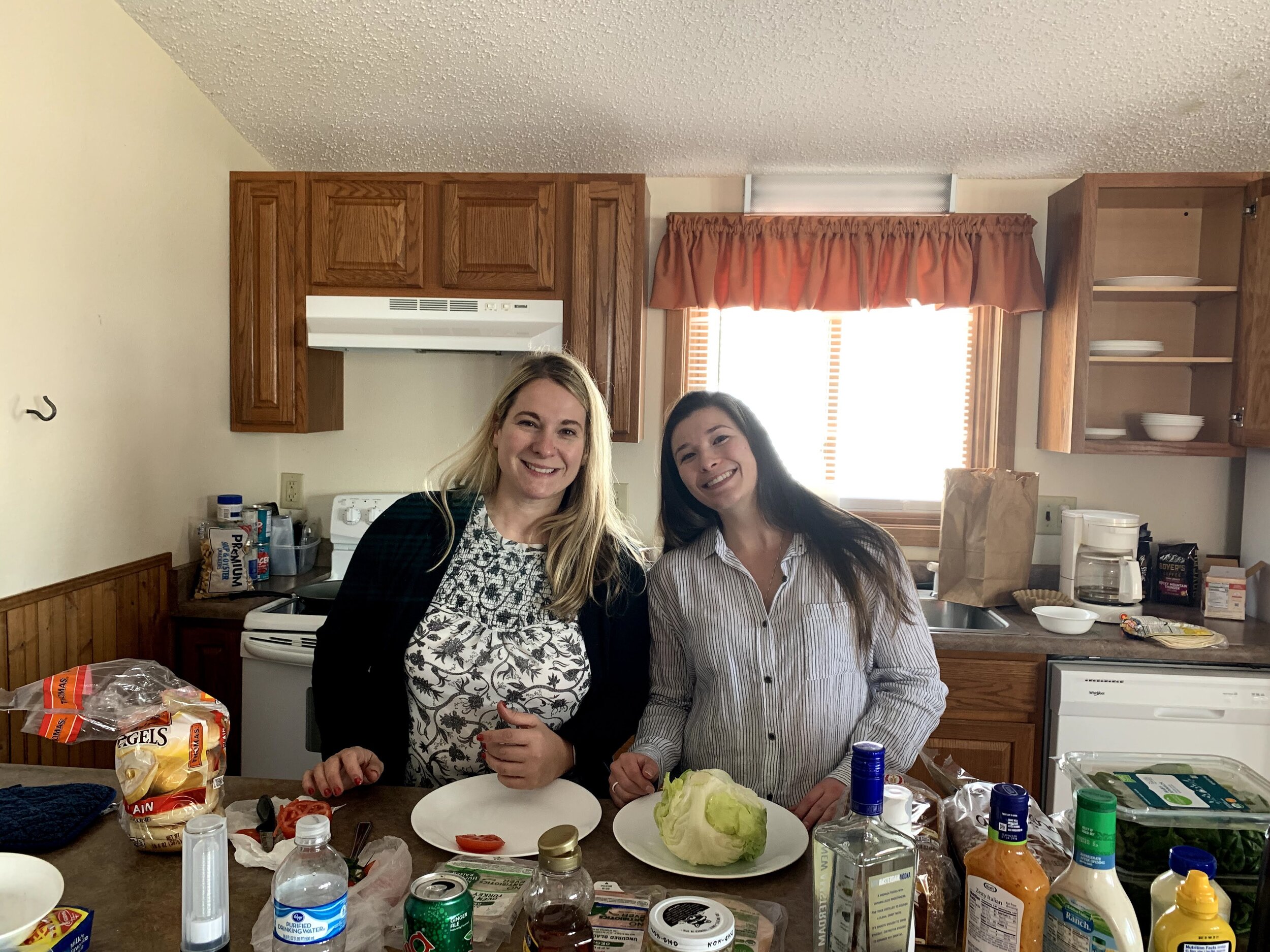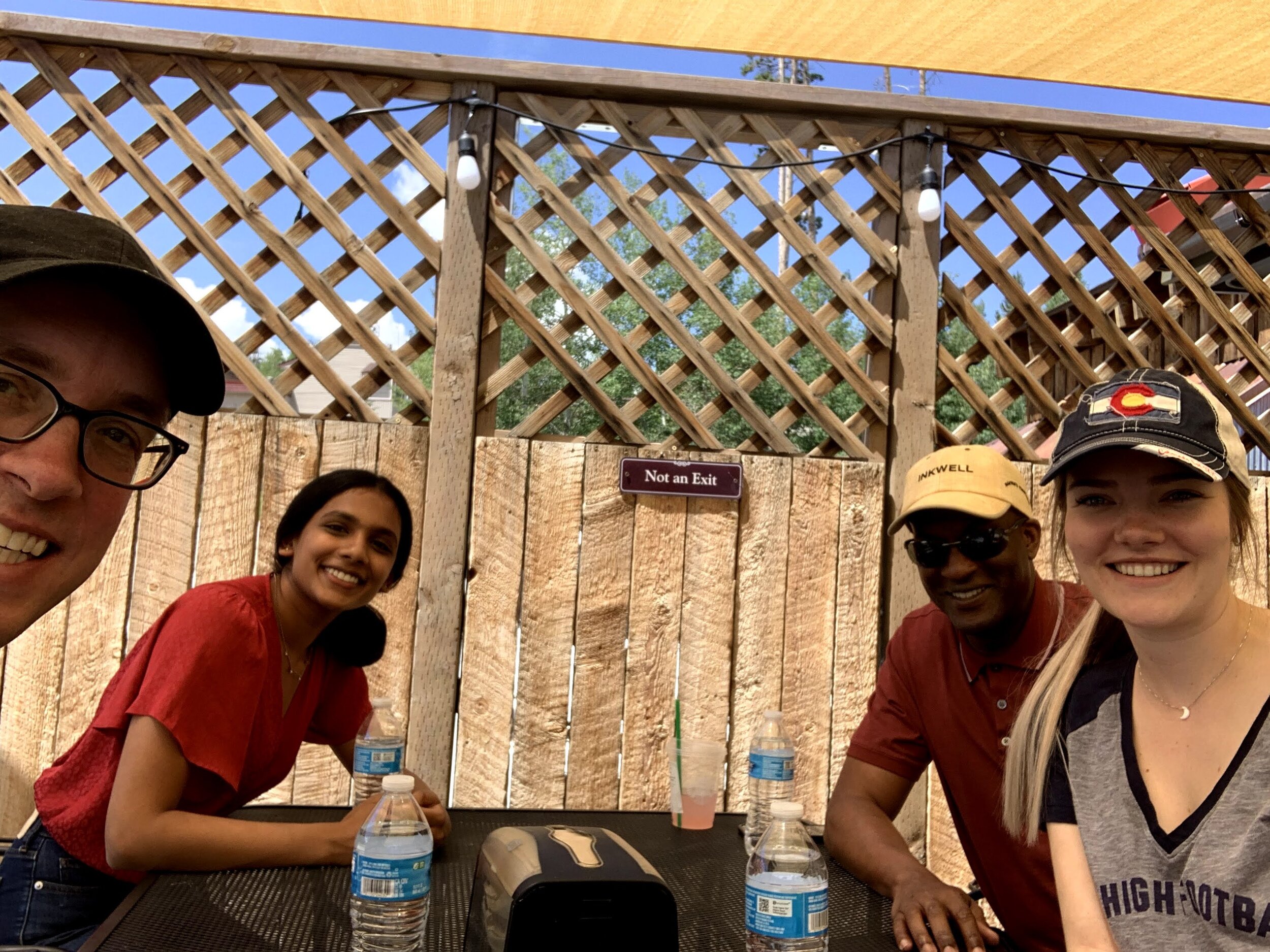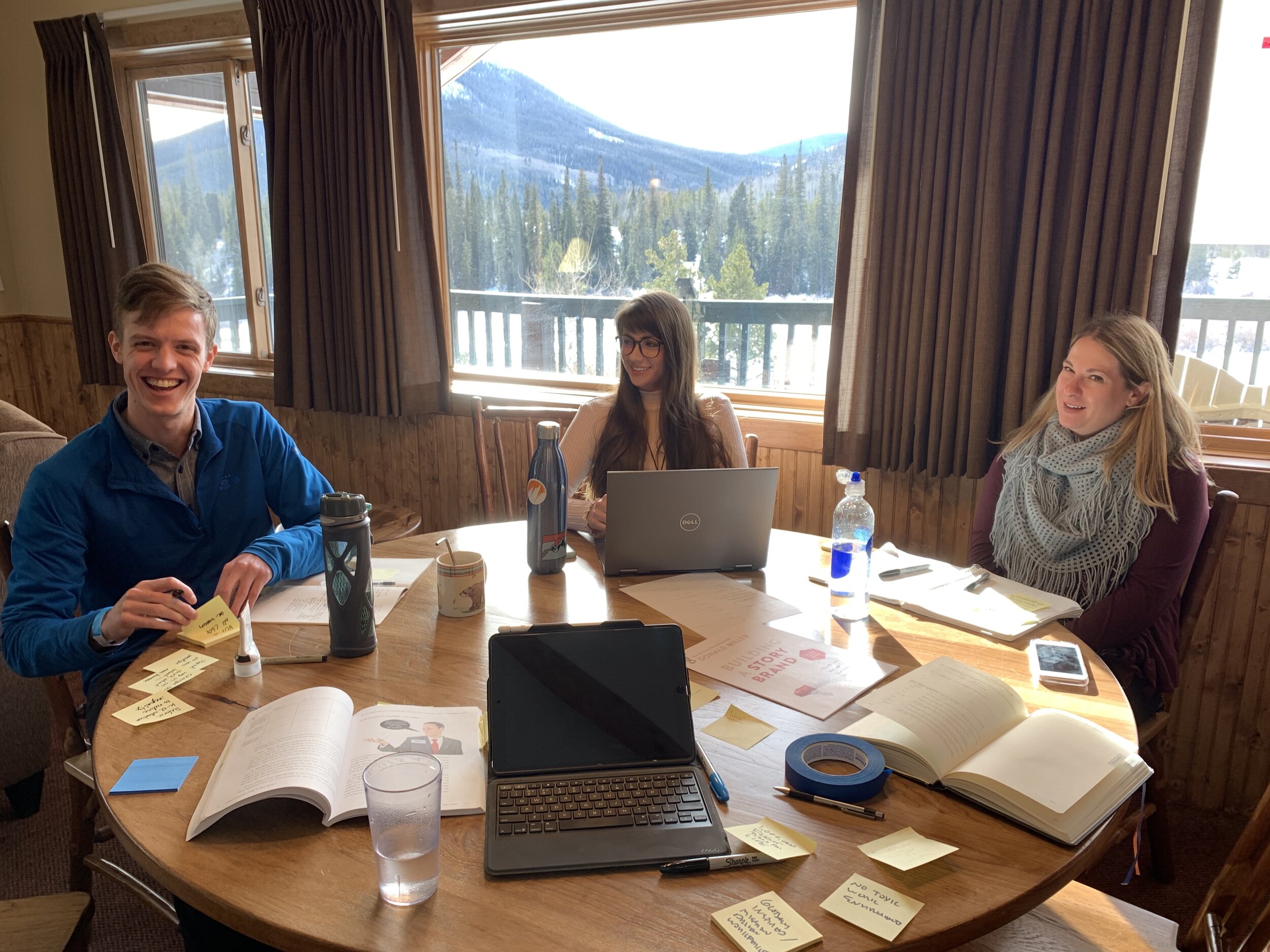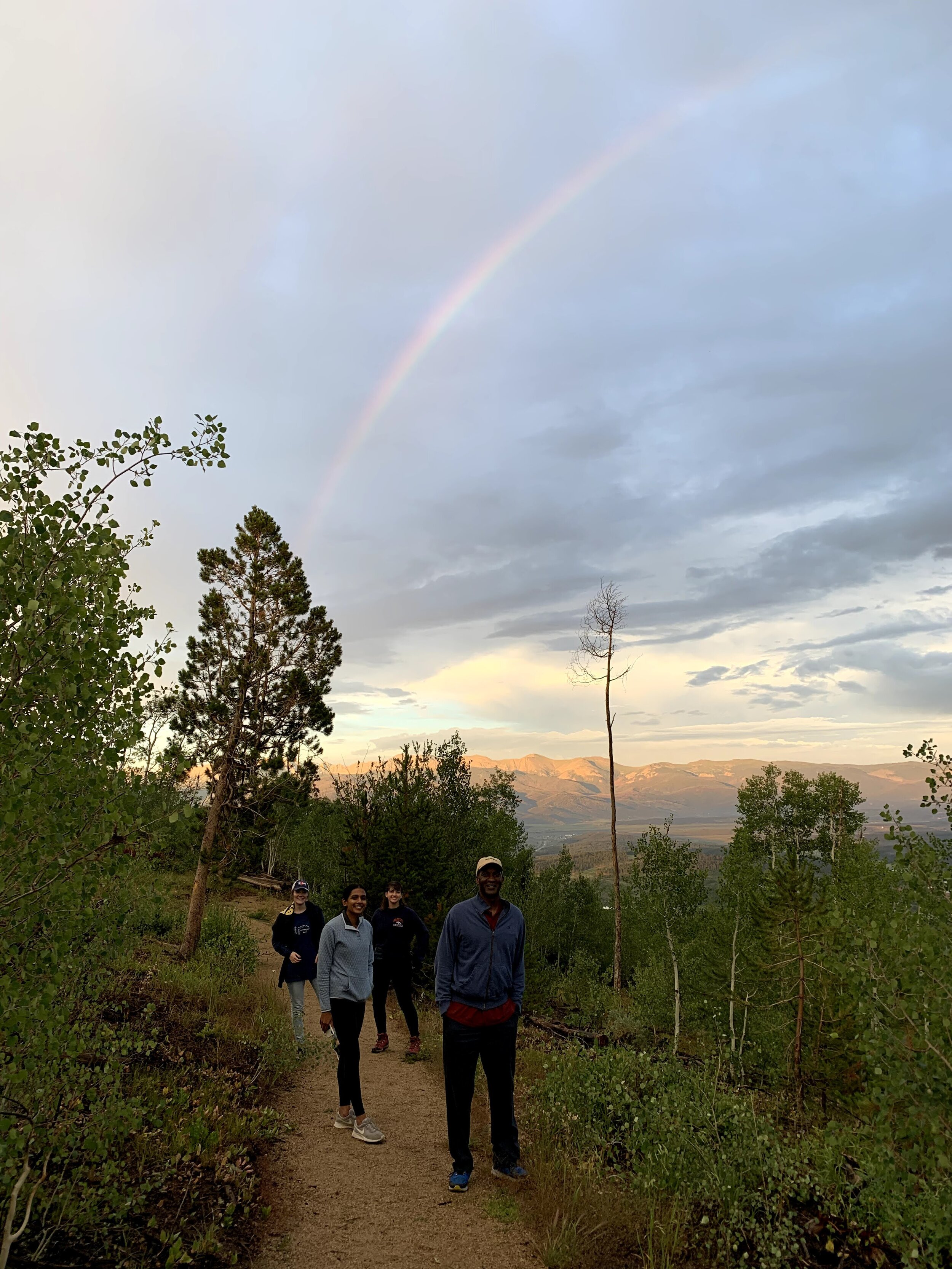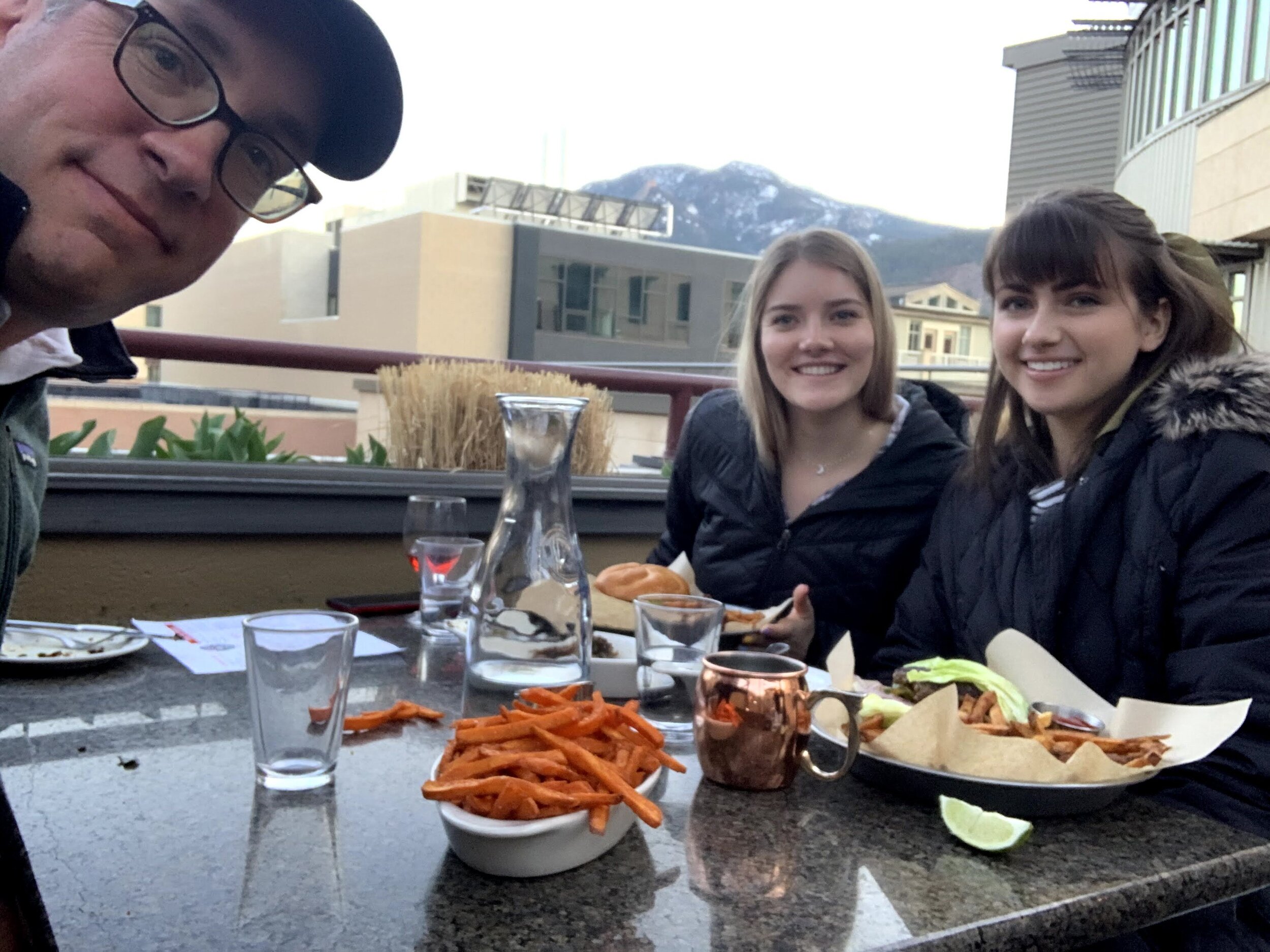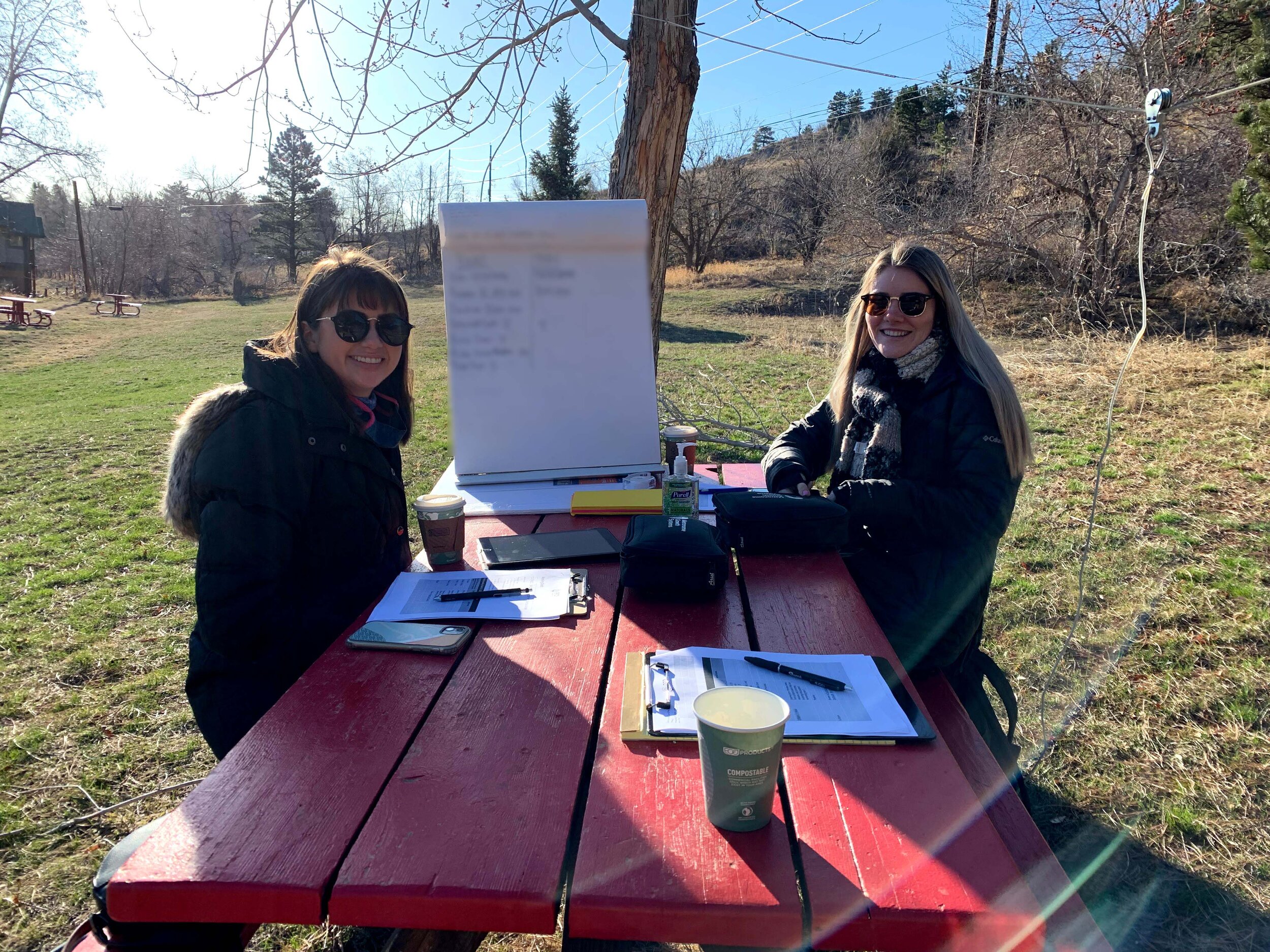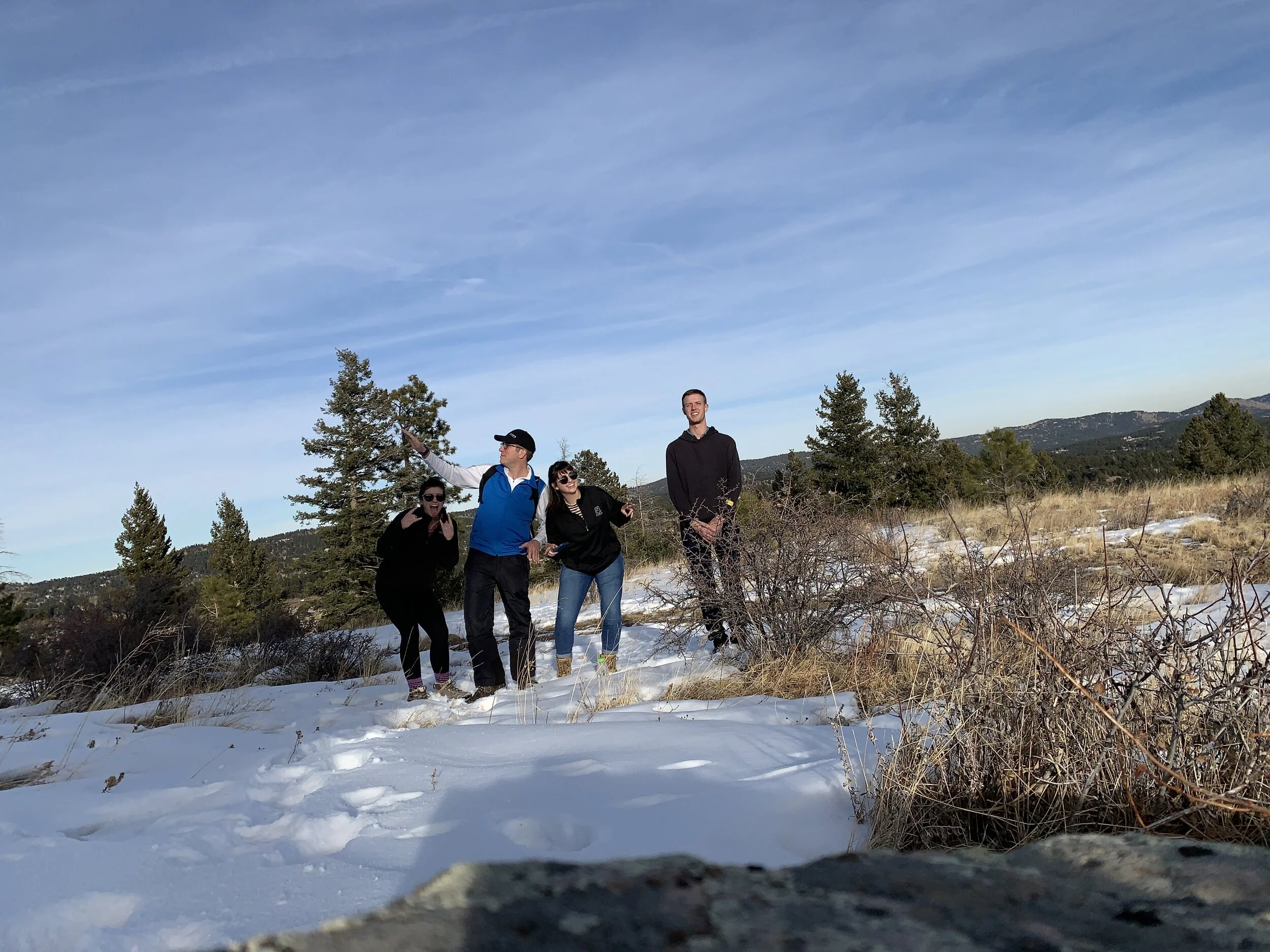The concept of corporate culture has been a hot topic among executives since long before the onset of the global pandemic. When Jeff Weiner, the former CEO of LinkedIn who was once named Entrepreneur of the Year, first joined LinkedIn, he met with his leadership team to discuss exactly what corporate culture would look like for the social media giant.
The Importance of Effective Communication
At the PFD Group, effective communication is one of our core values and we also recommend it as a key success driver for our high-growth clients.
But what is effective communication?
We find many CEOs theoretically understand the importance of great communication both internally and externally, but they sometimes flounder when it comes to execution.
The Power of Experimentation in Growing Your Business
In times of great stress, business leaders often find comfort in time-honored sayings such as staying the course or following the plan.
These terms have become cliches for a reason–because they work. It is important to have a direction and to follow a plan especially when the future looks murky.
For a plan to be truly successful, however, it must also leave room for experimentation.
Building Your Executive Leadership Team, Hollywood-Style
When it comes to building the ideal executive leadership team, it can help to take a few lessons from the multibillion-dollar film industry.
In the “industry,” Hollywood magazines are chock full of stories of “A-list” actors and directors whose collaboration should guarantee movie success but instead, their misaligned relationships tanked hundred-million-dollar films.
In the corporate world, building an incorrectly aligned executive leadership can be an equally costly mistake. As a strategic coach who has worked with companies in a diverse set of industries with diverse teams, I’ve seen mishires in key senior roles cost companies hundreds of thousands – if not millions – of dollars in lost revenue.
Your first step in building the ideal leadership team and attracting a cast of “A-list” players is fully defining your company’s core values.
How to Maximize 2022
No doubt, the past two years have been incredibly difficult ones and just when we thought we might be turning a corner, the world has been cast into a new set of challenges that don’t appear to have any easy answers.
Despite the uncertainty, times of great challenge can also be times of great opportunity. Especially for those who are prepared. Ahead are five trends to be on the lookout for this year and recommendations on how you can thrive.
Recommended Reading: October 2021
As a part of our continued commitment to providing the best resources for leaders to better themselves and thrive, for our October Reading List, we recommend these books: Risk: A User’s Guide - General Stanley McChrystal and Anna Butrico, and We Fed an Island: the True Story of Rebuilding Puerto Rico, One Meal at a Time by José Andrés and Richard Wolffe
Reaching Your Customers in the New Normal: Leveraging Stories to Cut Through Noise.
In many ways Covid-19 launched us into the future. E-commerce was on the rise before the pandemic, and but it really took off in March of last year. By 2024, experts predict that online shopping will account for nearly 22% of all retail purchases in the world, up from 19.5% this year. In a world where your customers can get products and services from anywhere, how do you stand out?
First, we need to get online - on the platforms where our customers are. Second, we need to figure out a communication strategy that makes an impact on the people that matter to our businesses.
At PFD, we recommend making storytelling be a central part of that communication strategy. At first, this may seem a little odd - storytelling in our minds may be reserved for friends over a beer or for around the campfire. This being said, storytelling can be a simple and effective way to connect with others and stand out insourcing customer’s minds. There are many reasons for this, as anthropologists believe that our brains are wired to hold onto stories, but especially in a world with continued uncertainty and noise, we need to meet our customers where they are at. What people need are stories of authenticity, hope, and connection.
Chip and Dan Heath, in their book Made to Stick, outlined the types of stories we need to share as companies if we want to make an impact on our customers into three “plots” - the challenge plot, the connection plot, and the creativity plot. Importantly, these plots do not mean we should make up stories about our company to share with our customers, rather, they outline the types of stories the people in our companies are already doing - we just need to learn to look for it.
The Challenge Plot
The Challenge Plot is a classic story we look for as humans, where we see a person or team face a tremendous challenge and overcome it, like David and Goliath. If you have a successful company, you no doubt have had the challenge plot come up. For example, one of our clients, Evergent, has a good portion of their team located in Hyderabad, India. Unfortunately, this is a place that was heavily impacted by Covid, and so team members and their families faced tremendous challenges as they navigated unthinkable circumstances. The extraordinary resiliency of the team, and the measures Evergent took to help keep the team as safe as possible are truly commendable.
The Connection Plot
The Connection Plot is a story that appeals to the social parts of our brain. It’s fairly self-explanatory - it’s a story about people connecting in meaningful ways. The connection plot is why we like stories of unlikely animal friends, and communities coming together to help each other. For this plot, we can celebrate the true friendships that are formed in our companies and the outreach we are doing to the community. For example, a few years ago, when Nebraska underwent quite a bit o flooding, one of our clients, Hometrends LLC, paired together with the local fire station and donated mattresses for people who lost everything in the flood to sleep on.
The Creativity Plot
The Creativity Plot is a story of ingenuity, where someone or a team creates something new and better for the world. It is the story of MaGyver and of Apple - when we hear it, we are inspired by the cleverness and genius, and we want to be a part of the change. For example, it is the story of one of our clients, Nox Health, that is using technology to radically transform how people sleep, so they are no longer sleep deprived. To use specialized technology for human flourishing through getting better sleep is creativity at its finest.
If we want to cut through the noise and clutter, we have to figure out how to genuinely and authentically share what we are doing in the world with the people who matter to our businesses.
Everyone is hiring. No one can get hired.
It doesn’t add up. Months ago, headlines boasted record number of job openings, and yet, it seems like those who became unemployed in the pandemic are still having a tough time finding jobs. The Bureau of Labor Statistics reported that there are 8.4 milllion workers who are unemployed, but 10.9 million jobs open, and the rate at which people are getting jobs is lower than pre-pandemic. Oftentimes, the job seekers are perfectly employable, hardworking, qualified, and talented people. These people are reporting frustration - if they’re applying to jobs, they’re hearing crickets. If they worked in an industry that was heavily impacted by Covid, they’re hesitant to go back to an industry that gave them so little stability in the midst of extraordinary uncertainty. In this environment, it’s hard to tell which candidates are serious about their applications, and which employers are serious about their postings.
There’s no single party to blame. The bottom line is the job landscape is changing, and it will have a significant impact on our companies we want to find the best talent that will help us scale.
If we want to hire the best talent, we need to figure out a way to cut through the noise.
A couple of tips:
Show your candidates you’re serious.
With the rise in job posting sites like LinkedIn and Indeed - it has never been easier to post a job. Often times, employers will leave that post open indefinitely - either forgetting to take it down when the position has been filled, or they just don’t fill the job. Either way, the outcomes are the same - a pile of resumes stack up in a virtual space - never to be seen by human eyes. In this scenario, the position is not filled, and the candidate is left to wonder if they’re going to hear back from another potential employer. If a candidate didn’t get the job, tell them. If you don’t want to actually find a person to fill the job posting, take it down. If you’re using an AI screening software, be careful - at times, this type of software can screen out good candidates due to a simple discrepancy in keywords. The idea is to act with integrity, and to treat everyone with love and respect - even the ones who won’t be a part of your team. It is okay, and even encouraged, to have a rigorous hiring process - not everyone will get a job at your company. However, to truly stand out, you need to be intentional about how you communicate with the people who want to be on your team.
Try some unconventional and creative recruitment methods.
The best way to cut through the noise and find the best people is to form relationships in your community. Often, the best talent may be in your own backyard, you just need to be strategic to reach it. What community colleges and universities are in your area? Forget the career center, what professors, who have seen the students in action, do you need to become friends with? What nonprofits do you need to be on the board of? Which community events do you need to be on the planning committee? By being active in creating relationships with the right people in your community, you may be surprised who you find. When you find those people, be ready: know your current talent needs, be ready to speak to the roles, and have your business card on you.
Empower your employees.
The best talent knows the best talent. If you communicate to your employees where you are going, and the kind own people you need to get there, they very well may know someone who would be perfect for the job.
Standing out in a market where everyone is hiring, but no one can get a job takes a lot of preparation and follow through. You must be crystal clear on your strategy and talent needs, you need to take the time to form relationships with your community and team members, and you need to have a high level of integrity with your candidates.
It may be a tremendous amount of work, but creating something that is exemplary always is. The return that you will get from finding and hiring the best people will be worth it.
If you would like more tips on how reliably recruit, hire, and retain the best talent, be sure to check out our upcoming book, The Mentorship Engine, available for purchase on November 16.
Scaling your Company by Investing in your People
As a leader, I can confidently say that there is nothing more rewarding than seeing your employees thrive and grow in their roles. Too often the business world pushes the narrative that creating a unique and valuable employee experience is a cursory concern that only large companies have the resources or time to attend to. However, here at PFD, we are big believers in the idea that the culture and environment you create for your employees should be a central part of your business strategy.
After all, companies grow due to the actions and commitment of those who work there. If you are not taking the time to create an environment in which every employee can succeed, then you are actually hurting your business. To create a company in which every employee is set up for success, we recommend that you take time to invest in three areas of your employee’s life:
Ensuring cultural fit: While it is important that your employees be diverse in talent and experience, it is also equally important that each of your employees share a set of workplace values. This means that there is an understanding of what behaviors are expected and that each employee lives by that. What is crucial as a leader is to ensure that you communicate clearly what those values are on a daily basis. This can minimize conflict and create comfort by increasing clarity of expectations.
Providing opportunities for growth: Your employees want your workplace to be a space where they can grow and reach their full potential. To ensure they are able to do this, you should be providing them with timely coaching and resources for learning. For example, at PFD, I make sure to build mentoring relationships with my employees to ensure that they have the support they need to accomplish all their goals.
Environment: Your physical environment is something that can either add to or detract from the mental wellness of your employees. If your physical environment is sterile and dull, it may be difficult for your employees to focus. On the other hand, if there is natural light and greenery in your workplace, your employees may feel more connected to one another and motivated. You don’t need to have a Google-esque office environment, but it should be clean, comfortable, and welcoming.
If you’d like to learn more about each of these three steps and how to fully make mentoring and employee experience a part of your business strategy, I highly recommend that you look into ordering our book The Mentorship Engine when it is released this November. The Mentorship Engine will walk you through a repeatable framework with which you can craft a compelling vision for your company and then source and retain the talent you need to fulfill that vision. If you are at all interested in the idea of growing your people while also growing your company, this will be the book for you. Keep an eye out in the coming weeks for a pre-order link.
Finding Game-Changing Talent with a Creative Sourcing Plan
If there is one thing that I know to be true about business, it is that the people on your senior team and in your company are the deciding factors in whether or not your company can scale effectively. I can not tell you the number of times that one of my clients has brought on a new team member and been absolutely awed by how game-changing that addition became. For example, just recently, one of our clients brought on a new human resources head and was stunned by the positive transformation she generated in the company.
When I tell partners and colleagues about stories such as this, I’m always met with the same question: how exactly can I attract that type of game-changing talent? In the business climate we live in today, attracting top talent can be challenging: now more than ever, individuals have the option to apply to and work for companies all over the world. However, this shouldn’t scare you. With a creative and regimented talent sourcing plan, you too can put your company in a position to attract great talent.
A good creative sourcing plan should leverage three resources: community partnerships, talent recruitment agencies, and being opportunistic:
Community partnerships: Oftentimes amazing talent will be right in your backyard; you just need to know where to look. Community partnerships can be a powerful way to find that talent. Are there local universities, nonprofits organizations or boards that could connect you with potential employees? Once you identify individuals or organizations that may have potential employees, you can begin to build consistent partnerships with them. For example, I used to work closely with a professor at the University of Denver to find interns. This partnership gave me access to students that the professor thought were good fits instead of me trying to go through the school’s career center, which dozens of other companies were doing.
Talent recruitment agencies: Although this isn’t necessarily the most creative, talent recruitment agencies can be helpful. Your time and energy are valuable resources, so if you can afford to spend cash on recruitment agencies, it could be a worthwhile investment.
Being Opportunistic: As a leader, you should always be keeping an eye out for potential talent. What this means is that if you meet someone amazing as you are going through your day-to-day-life, recruit them. You can’t plan to meet people like this, but you should be prepared to. To be prepared, you should be able to communicate your mission, speak to why you provide a valuable experience and have business cards on hand.
These three avenues are each a viable way to find great talent and ones that I have personally used in the past. If you would like to discuss your sourcing plan further, feel free to reach out to me at emartin@pfd-group.com.













